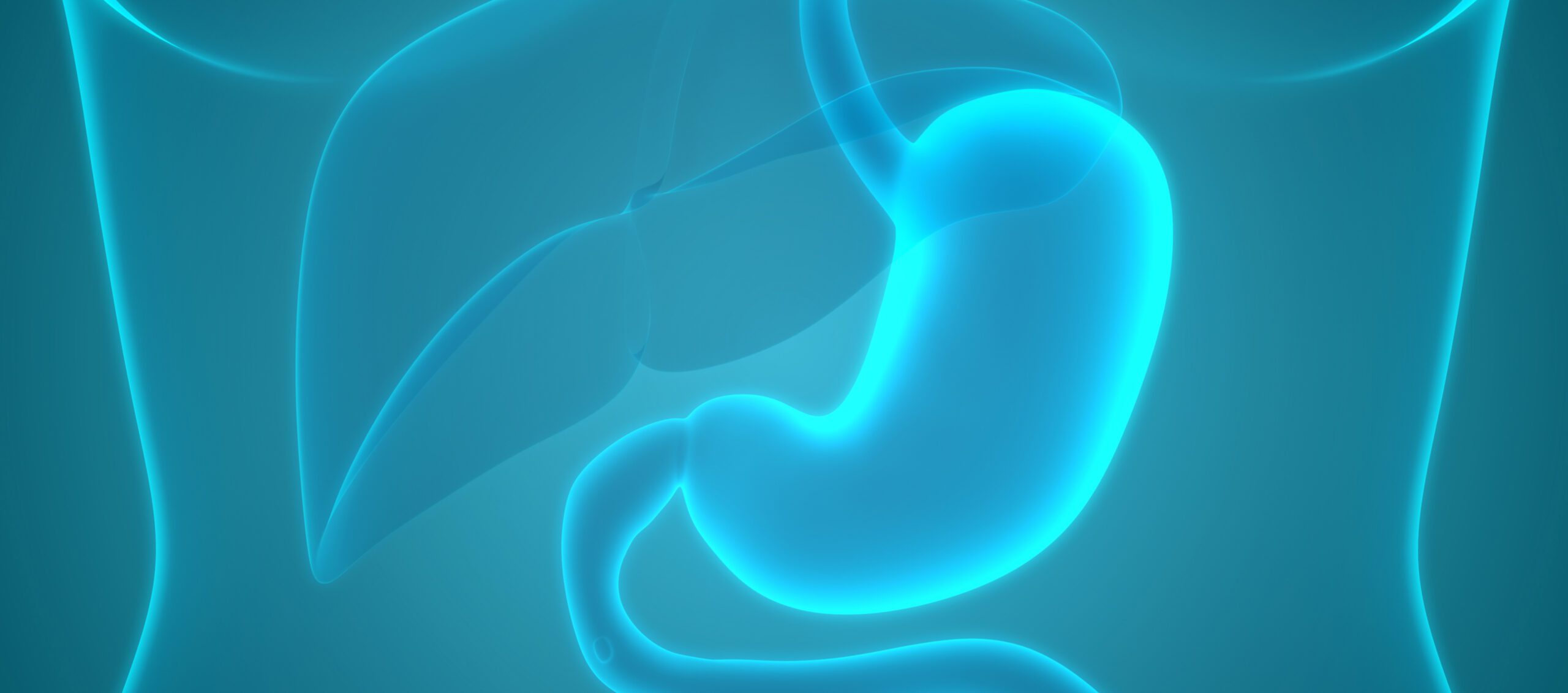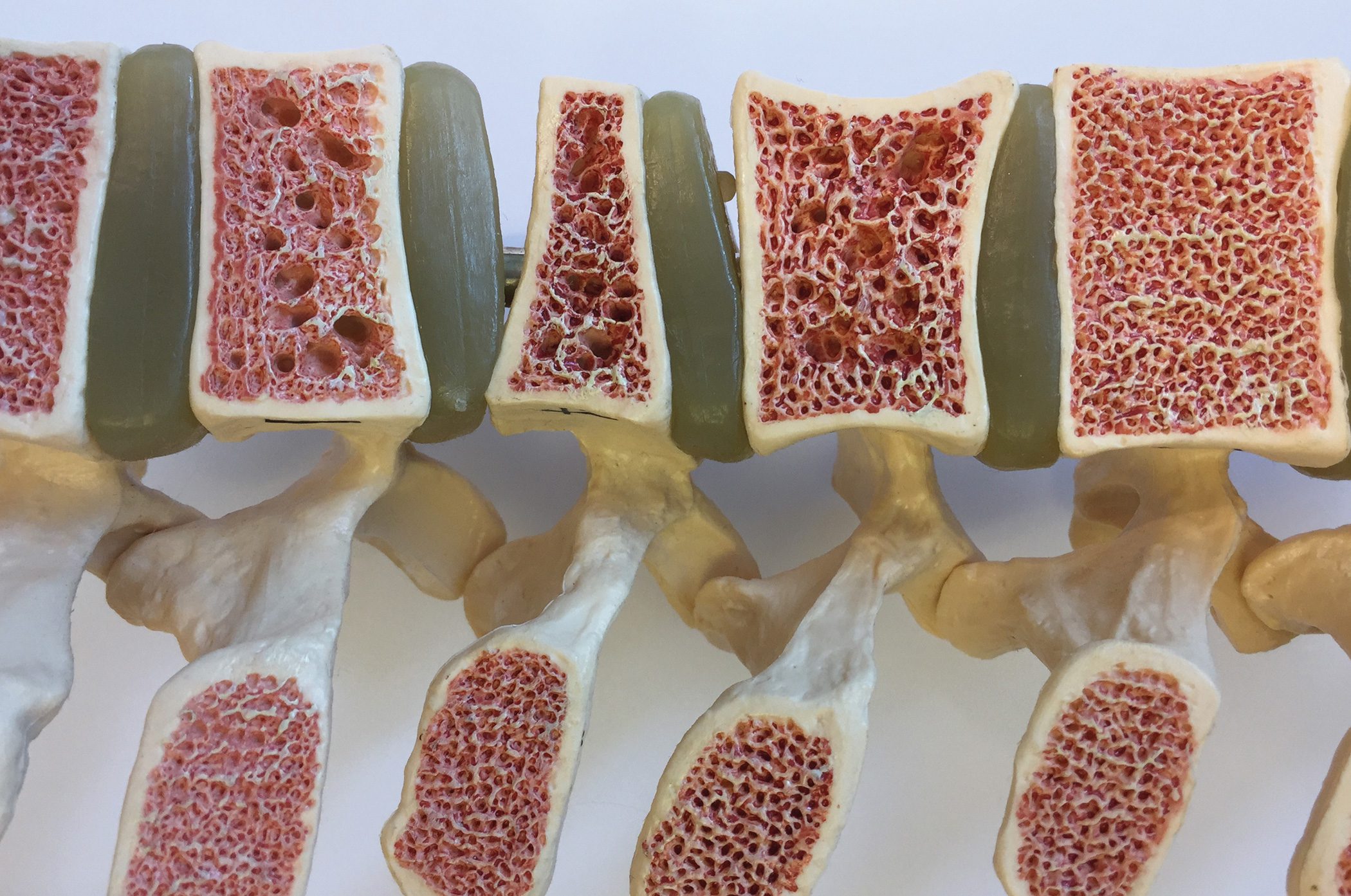The update of the ESC guideline on the treatment of heart failure included
the results of large randomized studies that were not published until after the guideline was published in 2021. The basic recommendations for drug therapy of heart failure with reduced ejection fraction (HFrEF) have not changed. However, the update includes new data on the treatment of HFpEF and HFmrEF, prevention of heart failure, iron deficiency and early initiation of therapy in decompensation.
“The new studies were so groundbreaking that the guideline was updated,” says Prof. Dr. Michael Böhm, Director of Internal Medicine III at Saarland University and spokesperson for the German Society of Cardiology (DGK) [1]. The consensus document on the guideline update was published in the European Heart Journal in 2023. The classification of heart failure (HF) according to ejection fraction is still commonly used [2]:
- HF with preserved ejection fraction (HFpEF): LVEF ≥50%
- HF with mildly reduced ejection fraction (HFmrEF): LVEF 41- 49%
- HF with reduced ejection fraction (HFrEF): LVEF ≤40%.
The determination of the NT-proBNP biomarker is still considered one of the most important initial diagnostic measures for dyspnea of unknown cause in order to be able to narrow down the etiology. If the NT-proBNP value is below 125 pg/ml, heart failure is unlikely; if the value is higher, echocardiographic and other examinations are indicated.
| SGLT-2-i and finerenone for HF prevention |
| ESC recommendations 2023: |
| – In T2D patients with CVD, SGLT-2 inhibitors are recommended to reduce the risk of heart failure-related hospitalization or cardiovascular death (Class IA) |
| – In T2D patients with CKD, finerenone is recommended to reduce the risk of heart failure-related hospitalization (Class IA) |
| to [1,13] |
SGLT-2-i are now also indicated for HFpEF and HFmrEF
Previous guideline recommendations for patients with HFpEF were limited to treating causes (e.g. arterial hypertension) and comorbidities and prescribing diuretics if signs of fluid retention were present [3]. The results of the EMPEROR-Preserved and DELIVER studies were published immediately after the ESC guideline was published in 2021 [4,5]. This shows that in ejection fraction >40%, i.e. in HFmrEF and HFpEF patients, the use of empagliflozin and dapagliflozin is associated with a reduction in both heart failure-related hospitalizations and cardiovascular mortality. Predefined meta-analyses confirmed that the reduction in clinical endpoints was observed across the entire spectrum of EF for both substances [6,7]. “The effect occurs completely independently of the ejection fraction,” Prof. Böhm summarized the key message of these findings [1]. In addition, the treatment effects between the substances were found to be very similar, so that a class recommendation was made for the use of SGLT-2-i in HFmrEF and HFpEF (Table 1) [6]. The use of diuretics is also recommended if signs/symptoms of congestion are present, as well as adequate treatment of causes and comorbidities [8].
Prevention of heart failure: what’s new?
Since SGLT-2 inhibitors caused a slower decline in kidney function over time in both heart failure studies and studies in patients with and without diabetes, the two prospective studies DAPA-CKD and EMPA-Kidney were conducted [9–11]. The results of these two landmark studies and the data from a meta-analysis prompted the ESC experts to issue a class IA recommendation for the use of SGLT-2-i in patients with diabetes and renal insufficiency [12,13]. Both studies showed a significant decrease in the renal endpoint (terminal renal insufficiency, doubling of creatinine, decrease in GFR by 40%, cardiovascular death). In addition, the combined endpoint for heart failure studies (cardiovascular death and heart failure-related hospitalization) was found to be significantly reduced, which was confirmed in a large meta-analysis [10,12].
DAPA-CKD and EMPA-Kidney included patients with impaired renal function (GFR <60 ml/min/1.73 m²) who did not necessarily have heart failure [10,11]. SGLT-2-i as an add-on was shown to reduce the incidence of heart failure-related hospitalizations over time. “SGLT-2-i are a preventive measure,” concluded Prof. Böhm [1]. Based on the FIDELIO-DKD, FIGARO-DKD and FIDELITY studies, the non-steroidal mineralocorticoid antagonist finerenone was also given a class IA recommendation for the prevention of heart failure in patients with diabetes and renal insufficiency, as it was shown to improve renal and cardiovascular endpoints [13–16].
Management of decompensated heart failure
The guideline published in 2021 already recommended an intensive strategy with early initiation (if possible before discharge) and rapid uptitration of evidence-based heart failure medication (“Fantastic four”), but prospective studies were still pending [3]. In the ESC update published in 2023, this strategy was given a class I B indication (previously: class I C) for reducing the risk of heart failure rehospitalization or death based on new study data [20]. This decision is based on the STRONG-HF study, in which there was an absolute mortality reduction of 8.1% with regard to cardiovascular death within 6 months compared to the control group and it was shown that therapy intensification is possible without significant side effects [13].
| Management after HF-related hospitalization |
| ESC recommendations 2023: |
| – Before patients are discharged from hospital, they should be carefully examined to rule out persistent signs of congestion and to optimize heart failure medication (Class I recommendation) |
| – If possible, evidence-based heart failure medication should be administered before discharge from hospital (class I recommendation) |
| – Early follow-up (1-2 weeks after discharge) is recommended to assess for signs of congestion, tolerance of treatment, and initiation and/or titration of evidence-based heart failure medication (Class I recommendation) |
| to [1,13] |
STRONG-HF Study
In the period 10.05.2018-23.09.2022, 1078 of the screened patients were randomly assigned to the study arms with intensified treatment (n=542) vs. standard treatment (n=536; ITT** population). The average age of the participants was 63.0 years (SD 13.6); 39% were female and 61% male.
** ITT=Intention-to-treat
After three months, a higher proportion of patients in the intensified treatment group were titrated up to the full dose of prescribed medication:
- Renin-angiotensin blockers 55% (n=278) vs. 2% (n=11)
- β-blockers 49% (n=249) vs. 4% (n=20)
- Mineralocorticoid receptor antagonists 84% (n=423) vs. 46% (n=231).
In the intervention arm with intensified treatment, the following outcomes had decreased more after three months than in the group with standard treatment: blood pressure, pulse, NYHA classification, body weight and NT-proBNP concentration. A new heart failure-related hospitalization or death of any cause occurred in 15.2% up to day 180$ (74 of 506) of participants with intensified treatment compared to 23.3%$ (109 of 502) of participants with standard treatment (adjusted risk difference 8.1% [95% CI; 2.9-13.2]; p=0.0021; risk ratio 0.66 [95% CI; 0.50-0.86]). At 90 days, 41% (223 of 542) in the intensified treatment group compared to 29% (158 of 536) in the standard treatment group experienced adverse events (AEs), adverse events) However, the frequency of serious or fatal AEs was comparable in both groups: 16% (n=88) vs. 17% (n=92) and 5% (n=25) vs. 6% (n=32).
$ Adjusted Kaplan-Meier estimate
Treatment of iron deficiency: recommendation level has been upgraded
Iron deficiency is a common comorbidity associated with heart failure; the prevalence in this patient population is around 30-50% [8]. The recording of transferrin saturation and ferritin as indicators of iron deficiency recommended in the 2021 ESC guideline remains valid (Class I C recommendation). An existing iron deficiency (with or without anemia) has an unfavorable prognosis and is associated with a poorer quality of life [17]. The ESC guideline published in 2021 supported intravenous iron administration with ferricarboxymaltose to improve quality of life and exercise tolerance with a class IIA recommendation. This was essentially based on data from the AFFIRM study, as well as some previously published studies [13,21]. The IRONMAN study appeared after the publication of the 2021 ESC guideline and resulted in a Class I A recommendation for intravenous iron therapy in symptomatic HFrEF and HFmrEF patients with iron deficiency in the 2023 update (Table 2) [22]. The IRONMAN study included 1137 patients with heart failure (LVEF<45%) and iron deficiency. At a median of 2.7 years, the follow-up phase was significantly longer than in previous studies on iron supplementation for heart failure. As a result, the rate for the primary study endpoint was 18% lower in the intravenous ferriderisomaltose group compared to the control group (incidence: 22.4% vs. 26.5% per year; RR: 0.82; 95% CI 0.66-1.02; p=0.070) [22].
Congress: DGK Cardio Update
Literature:
- “Heart failure”, Prof. Dr. med. Michael Böhm, 23-24.02.2024, Mainz.
- Bozkurt B et al: Universal definition and classification of heart failure: a report of the Heart Failure Society of America, Heart Failure Association of the European Society of Cardiology, Japanese Heart Failure Society and Writing Committee of the Universal Definition of Heart Failure: Endorsed by the Canadian Heart Failure Society, Heart Failure Association of India, Cardiac Society of Australia and New Zealand, and Chinese Heart Failure Association. Eur J Heart Fail 2021; 23: 352-380.
- McDonagh TA, et al: 2021 ESC Guidelines for the diagnosis and treatment of acute and chronic heart failure. Eur Heart J 2021; 42: 3599-3726.
- Anker SD et al: Empagliflozin in heart failure with a preserved ejection fraction. N Engl J Med 2021; 385: 1451-1461.
- Solomon SD et al: Dapagliflozin in heart failure with mildly reduced or preserved ejection fraction. N Engl J Med 2022; 387: 1089-1098.
- Vaduganathan M et al: SGLT-2 inhibitors in patients with heart failure: a comprehensive metaanalysis of five randomized controlled trials. Lancet 2022; 400: 757-767.
- Anker SD, et al: Efficacy of empagliflozin in heart failure with preserved versus mid-range ejection fraction: a pre-specified analysis of EMPEROR-Preserved. Nat Med 2022; 28: 2512-2520.
- Anker SD, et al: Patient phenotype profiling in heart failure with preserved ejection fraction to guide therapeutic decision making. A scientific statement of the Heart Failure Association, the European Heart Rhythm Association of the European Society of Cardiology, and the European Society of Hypertension. Eur J Heart Fail 2023; 25: 936-955.
- Vart P, et al: Estimated lifetime benefit of combined RAAS and SGLT2 inhibitor therapy in patients with albuminuric CKD without diabetes. Clin J Am Soc Nephrol 2022; 17: 1754-1762.
- Heerspink HJL, et al.: Dapagliflozin in patients with chronic kidney disease. N Engl J Med 2020; 383: 1436–1446.
- The EMPA-KIDNEY Collaborative Group; Herrington WG et al. Empagliflozin in patients with chronic kidney disease. N Engl J Med 2023; 388: 117-127.
- Nuffield Department of Population Health Renal Studies Group; SGLT2 inhibitor Meta-Analysis Cardio-Renal Trialists’ Consortium. Impact of diabetes on the effects of sodium glucose co-transporter-2 inhibitors on kidney outcomes: collaborative meta-analysis of large placebo-controlled trials. Lancet 2022; 400: 1788-1801.
- McDonagh TA, et al: 2023 Focused Update of the 2021 ESC Guidelines for the diagnosis and treatment of acute and chronic heart failure. Eur Heart J 2023; 44: 3627-3639.
- Bakris GL, et al: Effect of finerenone on chronic kidney disease outcomes in type 2 diabetes. N Engl J Med 2020; 383: 2219-2229.
- Pitt B, et al: Cardiovascular events with finerenone in kidney disease and type 2 diabetes. N Engl J Med 2021; 385: 2252-2263.
- Agarwal R, et al: Cardiovascular and kidney outcomes with finerenone in patients with type 2 diabetes and chronic kidney disease: the FIDELITY pooled analysis. Eur Heart 2022; 43: 474-484.
- 17 Becher PM, et al: Phenotyping heart failure patients for iron deficiency and use of intravenous iron therapy: data from the Swedish Heart Failure Registry. Eur J Heart Fail 2021; 23: 1844-1854.
- 18 Mentz RJ, et al: Ferric carboxymaltose in heart failure with iron deficiency. N Engl J Med 2023; 389: 975-986.
- Masini G, et al: Criteria for iron deficiency in patients with heart failure. J Am Coll Cardiol 2022; 79: 341-351.
- Mebazaa A, et al: Safety, tolerability and efficacy of up-titration of guideline-directed medical therapies for acute heart failure (STRONG-HF): a multinational, open-label, randomized, trial. Lancet 2022; 400: 1938-1952.
- Ponikowski, et al: AFFIRM-AHF investigators. Lancet 2020; 396: 1895-1904.
- Kalra PR, et al: IRONMAN Study Group. Lancet 2022; 400: 2199-2209.
HAUSARZT PRAXIS 2024; 19(5): 20-21 (published on 25.5.24, ahead of print)














